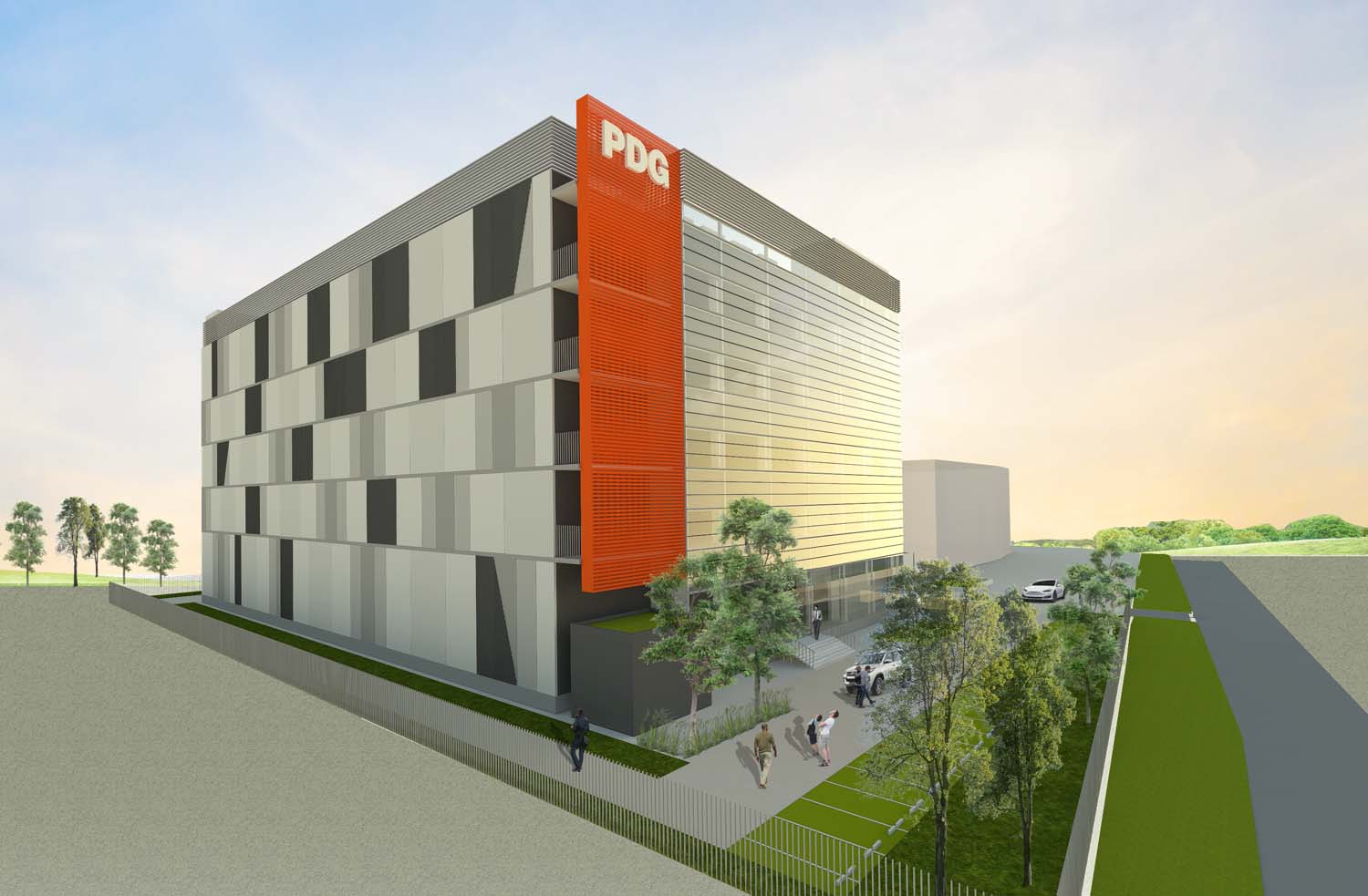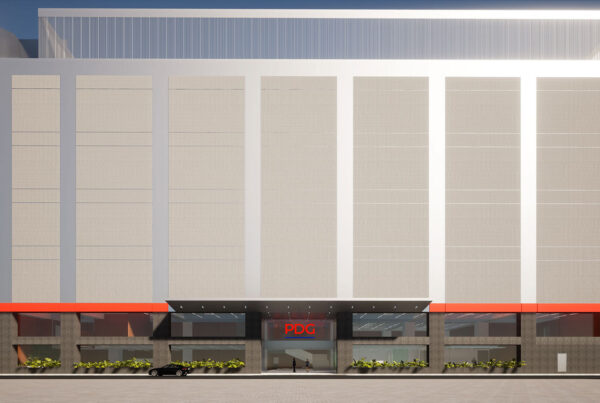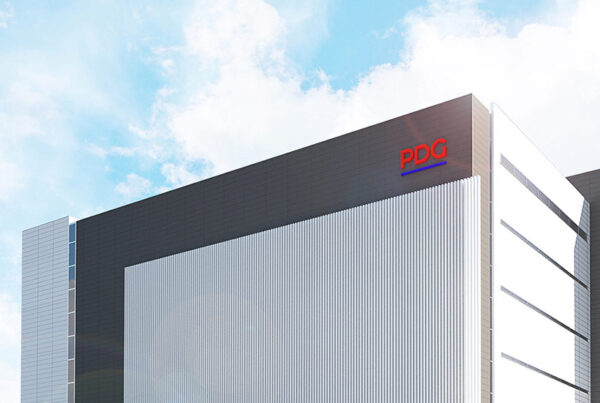Princeton Digital Group talks about the platform it is building in Asia
The Asia Pacific (APAC) region is an interesting market to be in right now, according to Chris Street, the EVP of Market Development at Princeton Digital Group (PDG). Certainly, PDG has put its money where its mouth is, growing from zero to 18 data centers that are either operational or in development within just three years.
“The APAC region has the largest GDP across the world,” said Street to DCD. He is convinced that the digital growth in the region will not only be rapid but will be sustained: The middle class is growing across the region, and as disposable income grows by leaps and bounds, it is driving up consumption in terms of e-commerce and digital content. Moreover, businesses here also place a higher level of emphasis on a digital-first approach, he says.
Building a consistent experience
But as a relative newcomer, what is it that makes PDG stand out in Asia? Street thinks his organization’s appeal can be attributed to its consistency of operations, scalable solutions, and speed to market for its hyperscaler and enterprise customers.
“The Asia Pacific is such a large region, from Japan to India, to Southeast Asia and the 11 countries that make up ASEAN. Each country is unique with a different business culture, practices, and standards,” said Street. “Then there is the combination of mature markets such as Japan, Singapore, and Hong Kong, and newer and fast-growing markets such as Manila and Jakarta.”
“When you deploy infrastructure as an end-user, you want to have things that are standardized from an operational perspective. That consistency is very important to our customers when they look across our portfolio. Whether Shanghai, Singapore, or Indonesia – customers are looking for consistent best practices and operating procedures.”
The strength of a consistent experience works best with a larger footprint, which probably explains PDG’s breakneck expansion. Equally important is the ability to support the growth of customers as they expand across the region, which Street says is undergirded by a diverse range of considerations from manpower to financial clout.
“There’s obviously the need to build facilities and deliver them. From an organizational perspective, you need the professionals to run them, which means you need to build or acquire teams. And as you train them, you instill the same cultural and organizational goals, objectives, and standards from across the company,” he said.
A clear advantage
But what do hyperscalers and enterprises gain from a consistent operating platform, exactly? “They see less downtime for their systems, as well as lower risks as they take their operational teams and standardize how they interact with their partners from multiple regions. And when they take their experience from region to another, we can work with them,” explained Street.
“[Customers] want to repeat what they do in one market to the next market. Taking that experience, whether in the form of contractual terms, the process by which you deploy infrastructure into a data center, or operational procedures such as security processes and how you access sites. The more that you can standardize across the portfolio, the more friction you reduce for increased speed to market.”
A consistent operating platform minimizes the opportunity for human errors, says Street. He noted how studies of data center outages almost invariably peg the blame on mistakes. “[To reduce human error], we aim for consistency across the portfolio when we look at maintenance operations protocols (MOP) and standard operating procedures (SOP), ensuring that they are aligned with global best practices.”
“Having that consistency of operational practices helps us reduce our outages across the portfolio. We can take our learning from one region to the next. This means we are not limited to the breadth of experience of the local team, but the entire organization benefits from the ability to address a broad range of scenarios within the data center to deliver a heightened level of service to customers.”
Full steam ahead
Between having to deal with differing regulations across disparate regions, working with multiple utility providers, and integrating new facilities from a blend of acquisitions, partnerships, telecommunication carve-outs and greenfield builds, how does PDG ensure that it delivers a consistent experience?
“When we go in, we do so on a platform level. We have our strategies and standards that translate into reference standards and facility designs. We have our relationships with key partners and supply chains that enable us to deliver that standard. You also have that consistency in terms of technical skillsets and experience across the leadership team.”
“We incorporate all these into a reference platform, which we then implement at the local level to establish a consistent experience across each of the markets. That is how we differentiate ourselves from local players who do not have a global view. And we also come together regularly to share our learnings on best practices, on both an engineering and construction level.”
Street sees “a lot of growth” ahead, starting with locations such as China, Indonesia, and India, where it already has a presence. And as shared by PDG CEO Rangu Salgame in an earlier report, PDG is also looking at various new markets that it has yet to announce formally.
For now, Street expects an acceleration of what PDG has been doing over the last three years, with expansion through further acquisitions and carve-outs. “We are going to continue transforming the portfolio and align those businesses with the PDG culture and operating philosophy. That transformation is going to pick up speed in 2021,” he summed up.
As published by DatacenterDynamics







